Your problem is that the transistor is on the high side, and you're only giving it 3.3V on the base. Since your base-emitter junction must have approximately 600mV across it in order for current to flow from collector to emitter, your transistor is unable to have anything higher than 3.3V - 0.6V = 2.7V at the emitter, which isn't enough to turn on your LEDs.
simulate this circuit – Schematic created using CircuitLab
A better way to do it is as follows:
simulate this circuit
This way, the transistor has its emitter connected directly to ground, so the transistor can enter saturation when the signal is at its high level, and the transistor will have a low voltage drop (around a hundred millivolts) from collector to emitter. This means that you'll have almost 12V across your LED module, enough to power it.
Think of it this way: If, in the first schematic, your transistor was in saturation mode, you'd have approximately 0.1V between collector and emitter, and so the emitter voltage would be close to 12V, higher than 3.3V, and the base-emitter junction would be reverse-biased. Since a reverse-biased base-emitter junction means the transistor is not in saturation mode, this is a contradiction and the initial assumption (the transistor is in saturation) must be false.
Now, up to this point, I've been assuming the transistor had a high β (aka hFE) at the operational current, which as Tony Stewart in the comments pointed out, is not correct. The 2N2222 is only going to have a β of around 30 or less at 500mA, meaning that it will be in forward-active mode and not saturation. Transistors in forward-active mode have a higher voltage drop between collector and emitter, meaning higher power losses, than when in saturation mode. Now, one obvious solution here is to increase β, which you can do like this:
simulate this circuit
This configuration is called a Darlington pair. Q2, here, is a TIP31 transistor rather than another 2N2222 for power-handling capability; Q2 is dissipating significantly more power than Q1, so it should ideally be a higher-rated transistor. Using a second 2N2222 may work, but a TIP31 is more suitable for the task.
Alternatively, you might want to look at Tony Stewart's answer below; his circuit is not quite so simple and requires the use of a MOSFET (which you mention having difficulty getting in small quantity), but has some marked advantages over the ones presented in this answer, such as lower power losses when presented with higher input voltages.
